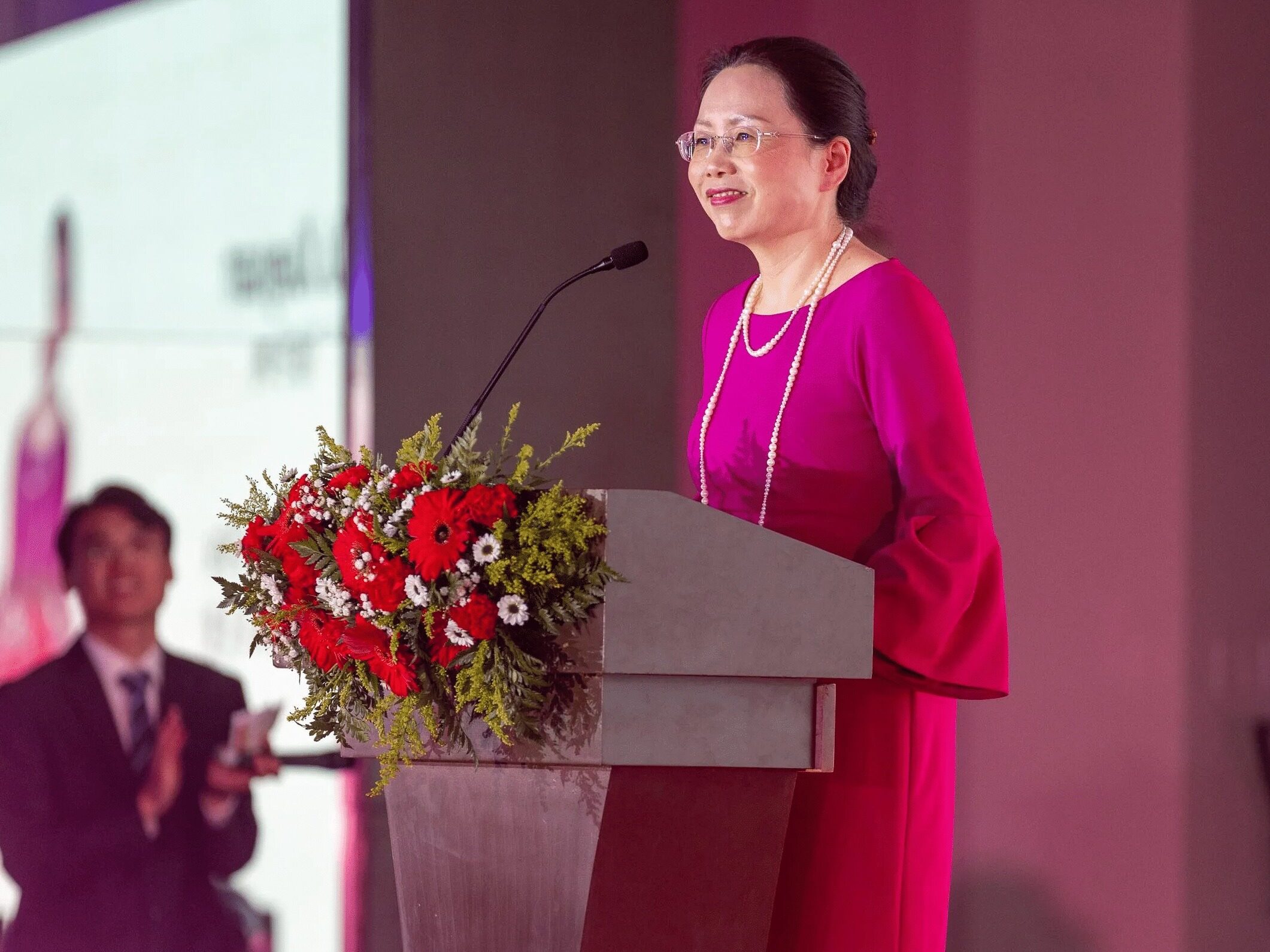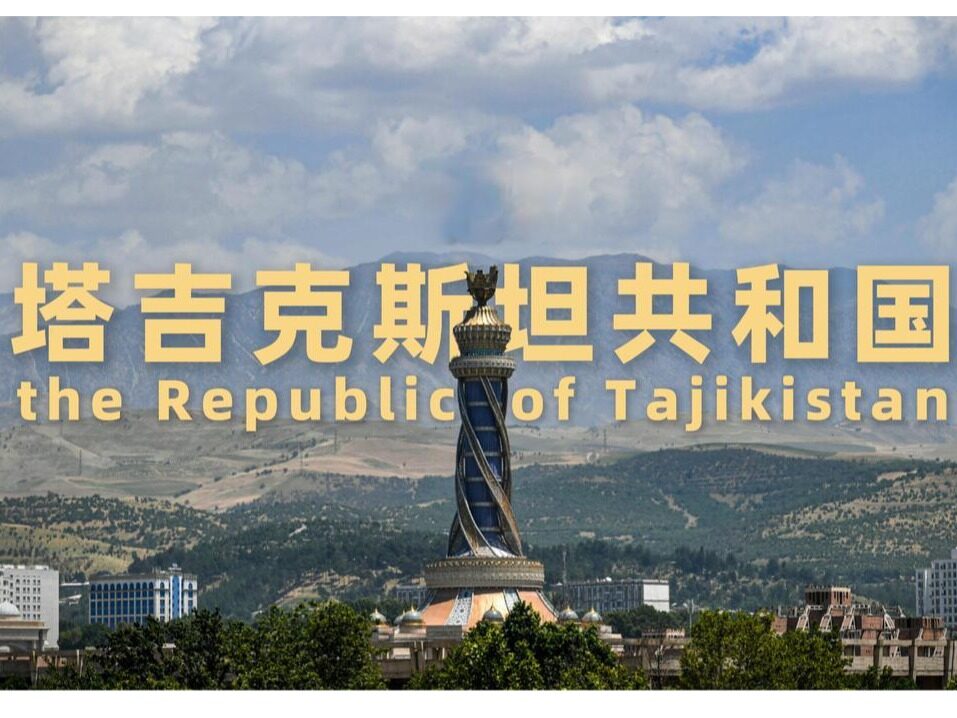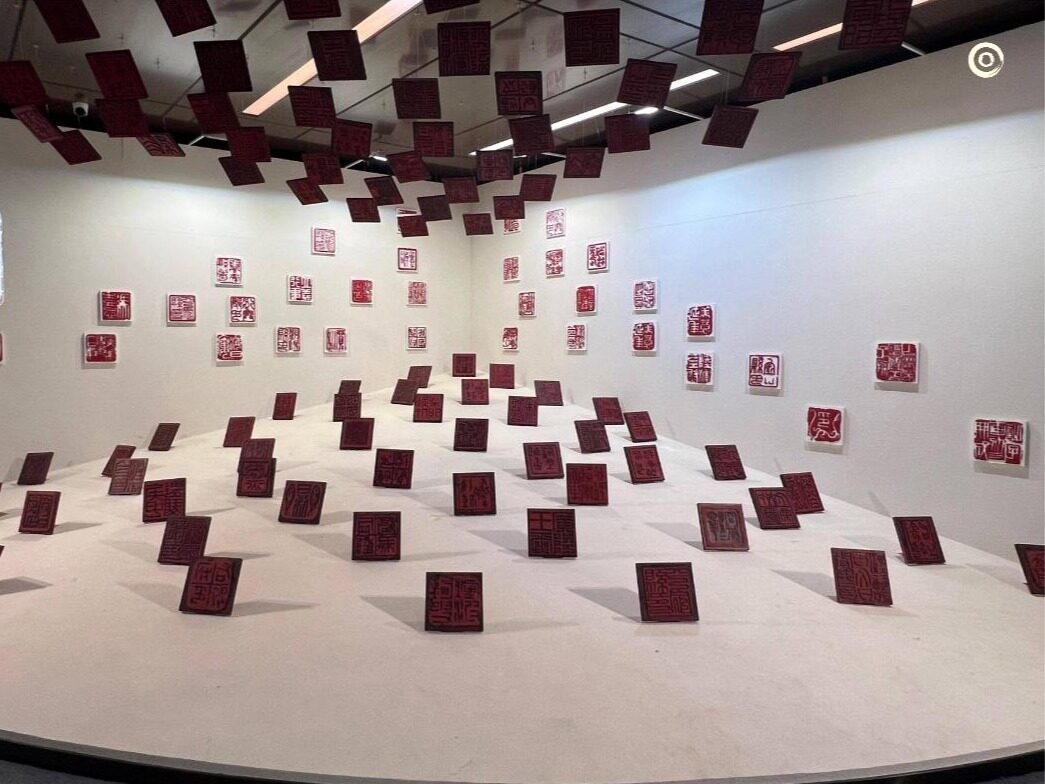- Heishui City was once an important military and transportation town in the Xixia period

Heishui City, the city on the Heishui River, is called Harahot in local Mongolian. The city is located in the lower reaches of the Heishui River, on the southern edge of the desert. The Heishui River is the ancient legendary weak water that does not float. It flows through the Badain Jaran Desert and irrigates farmland and grassland, making it an oasis suitable for agriculture and animal husbandry, and finally flows into the Juyan Sea. This is the main road from the Central Plains to the north connecting Mongolia and the southern Russian grassland Silk Road. From the nearby city of Datong in the Northern Zhou Dynasty and the unearthed Juyan Hanjian, it can be seen that the Han and Jin Dynasties have always been a military and transportation center.

The first records of this oasis can be found in Chinese geographical documents from the fifth to third centuries BC. China owned this piece of land that was once the Huns in the 2nd to 1st century BC. In the 7th to 8th centuries, due to the expansion of the Tang Dynasty, this oasis became an important business and strategic stronghold, and a castle was built there. From the middle of the eighth century to about the middle of the ninth century, it belonged to Tubo and then to the Uighurs.

Until the 1930s, the Xixia people (Han people called them Dangxiang, Nabi or Fanliangbi people, the people called themselves Fanren and Yaobi people, and Tibetans called them Miliangge) occupied this oasis and rebuilt The city was expanded and the Yanjian Army Division of Heishui Town was set up here as a military center in the north. Xixia (1038-1227), a minority government established in northwestern China by Dangxiang people, was in the early stage of the Liao and Northern Song Dynasty, and in the later stage was side by side with the Jin Dynasty. After ten emperors, Xiangguo 189 years ago, he ruled and managed this place for a long time.


In 1227, the city of Heishui City was captured by Genghis Khan. After regaining vitality from the Mongolian occupation, it once again became an important stronghold from Ganzhou to the Klulun River base camp where the Mongolian Khan was located. Heishui City was expanded during the Yuan Dynasty and became an important city on Yijinai Road in the new administrative district. In the twenty-third year of Yuan Shizu to Yuan Dynasty (1286), Yiji Nailu General Administration Mansion was established here. Yiji is now called Ejina, both of which are derived from Xixia pronunciation. After the fall of the Yuan Dynasty in 1368, part of the territory of Inner Mongolia and the land adjacent to the Yiji Nai Oasis belonged to the short-lived Bei Yuan (1370-1402) until the end of the 14th century, when Heishui City was destroyed by the Ming Dynasty.

The site of Heishui City is located 25 kilometers southeast of Dalaikubu Town, the seat of the government of Ejina Banner in the present Inner Mongolia Autonomous Region, on a desert platform where two dry river beds meet. The Inner Mongolia archaeological team analyzed the reasons for the abandonment of Heicheng and believed that it should be shortly after the failure of Kuo Timur. The reason was the chaos at the end of the Yuan Dynasty, the Ming court had no time to visit north, Yiji Naicheng lost its important political and military position, the government was paralyzed, the people's hearts were separated, the rivers and channels were not repaired, and the waterways were dry, forcing the living and people to drive away. Leave a piece of lonely city. Therefore, the Black City not only includes the Xixia and Yuan dynasties, but also partly includes a period of history from the Northern Yuan period. Heishui City has been obscured in the dust of history since the Ming Dynasty. Editor/He Yuting
Comment
 Praise
Praise
 Collect
Collect
 Comment
Comment
 Search
Search














Write something~